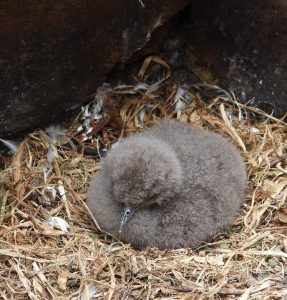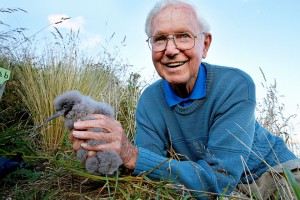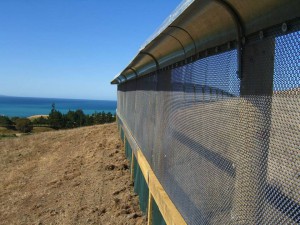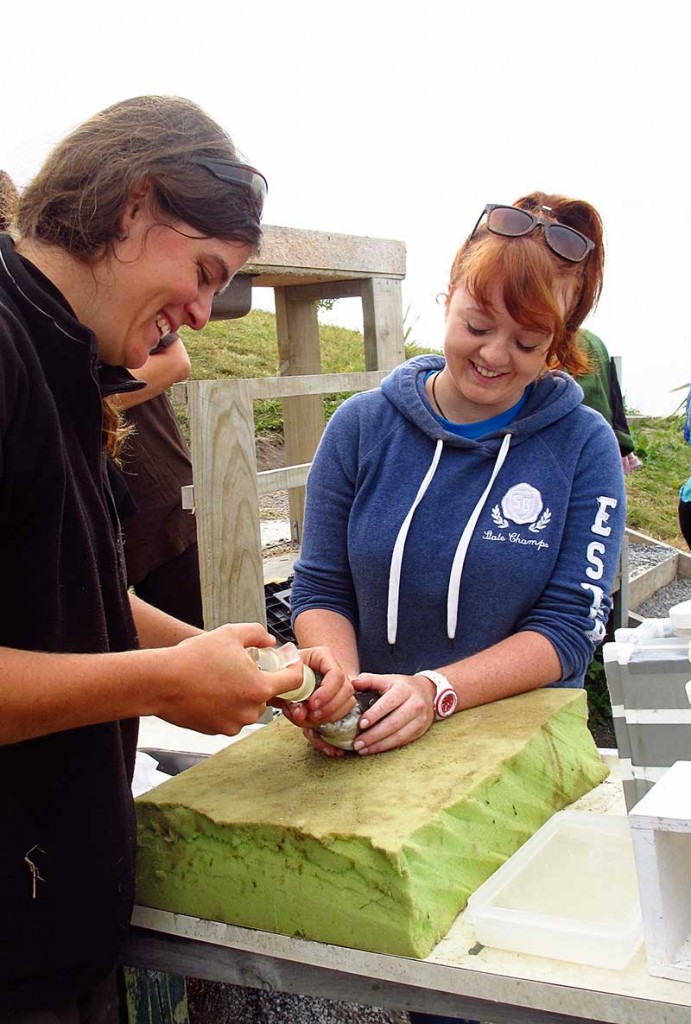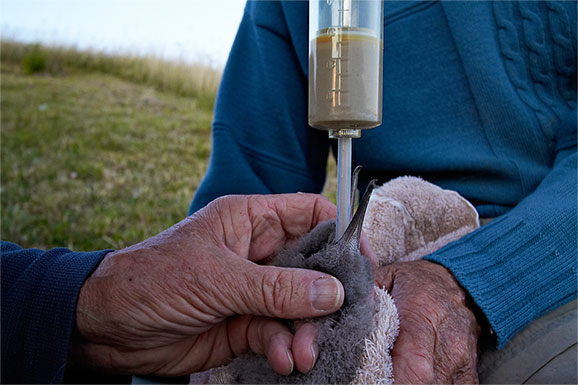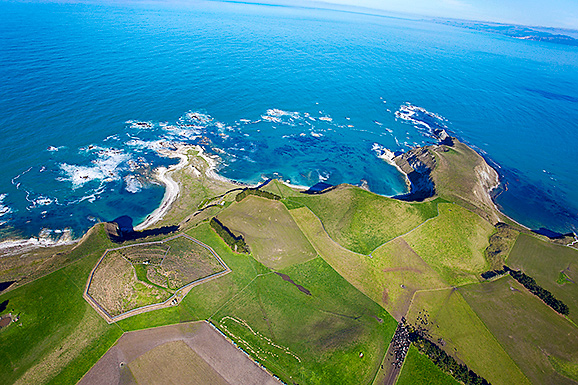Today (15th Dec 2023) we had our first chicks found in their burrows at Te Rae o Atiu.
This one in burrow 59 was our first, and seems to be about 4 days old.
Two eggs were found broken today, and 4 others are unlikely to hatch due to various odd parental behaviours, but that leaves 29 more that could possibly hatch (of the 37 laid this season).
The season has started reasonably well, and we welcome our little bits of Christmas cheer to their new home.

